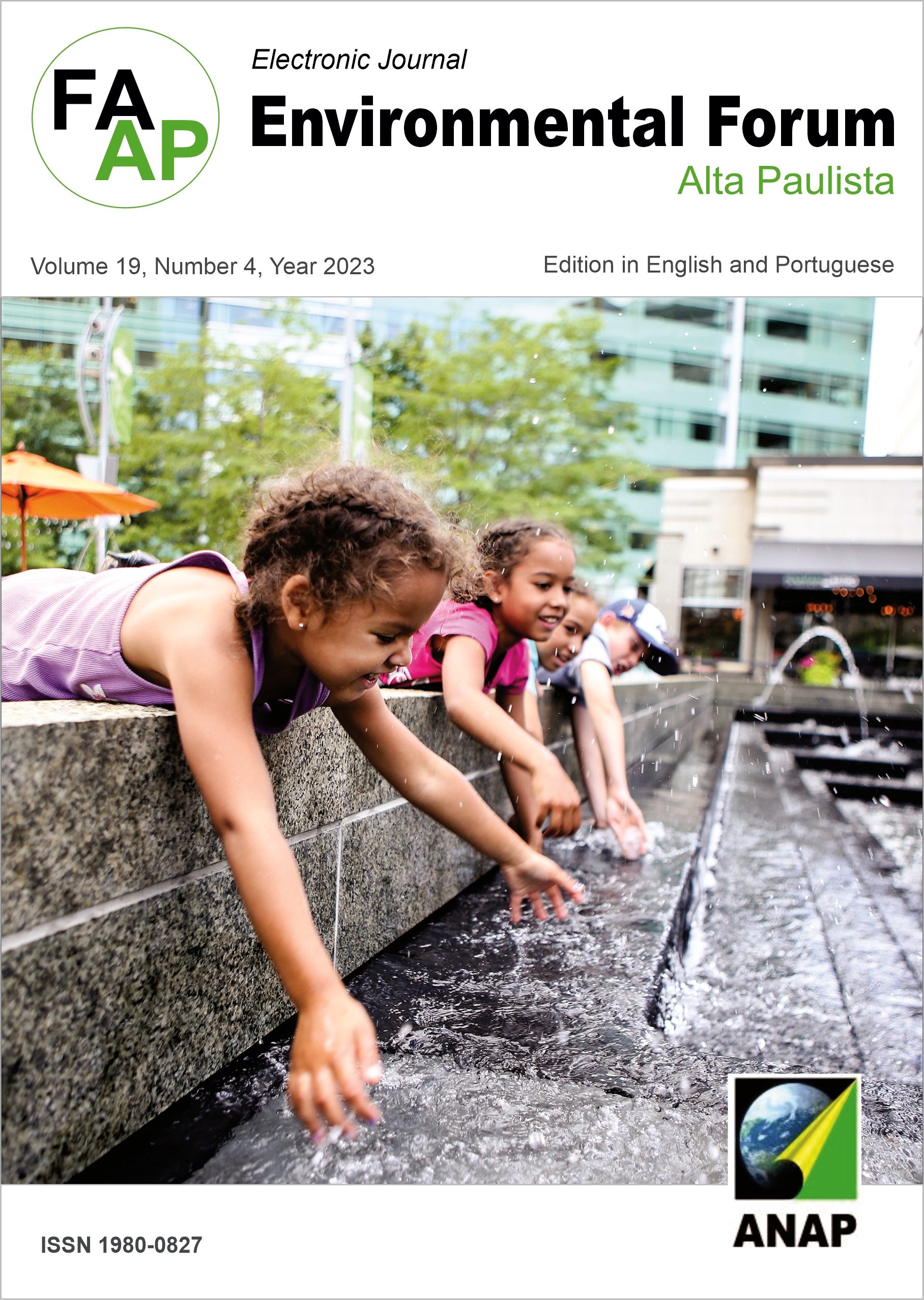Indução de gestação gemelar: uma ferramenta em prol da sustentabilidade na pecuária de corte
DOI:
https://doi.org/10.17271/1980082719420233618Resumo
A bovinocultura de corte se destaca no agronegócio nacional, contudo, as formas de produção devem buscar a sustentabilidade econômica e ambiental. Nessa busca, o emprego das biotecnologias da reprodução, como a indução de gestação gemelar, é necessário, pois pode aumentar a produção de carne por área. Assim, o objetivo desse estudo foi avaliar a técnica de indução de gestação gemelar em bovinos, por meio da transferência dupla de embriões. O estudo foi conduzido na Fazenda Unicesumar e foram utilizadas 100 receptoras bovinas, novilhas e vacas, sem raça definida, distribuídas em grupos: G1 – fêmeas inovuladas com 1 embrião e G2 – fêmeas inovuladas com 2 embriões. As receptoras foram sincronizadas e, no D17, inovuladas com 1 ou 2 embriões de Wagyu produzidos in vitro, de acordo com o grupo experimental. Foi avaliada a taxa de gestação aos 30 e aos 60 dias, taxa de parto, ocorrência de retenção de placenta e de parto distócico e o peso dos bezerros ao nascimento e aos 30 dias de idade. A inovulação dupla de embriões melhorou a taxa de prenhez aos 30 e aos 60 dias de gestação (p<0,05). As novilhas que receberam dois embriões se destacaram na taxa de prenhez aos 60 dias e na taxa de parto (p<0,05). Os bezerros oriundos das receptoras que receberam dois embriões nasceram mais leves (p<0,05). A indução de gestação gemelar em bovinos por meio transferência dupla de embriões é promissora e pode fomentar a produção de carne e contribuir com a sustentabilidade da pecuária de corte.
Downloads
Referências
Downloads
Publicado
Edição
Seção
Licença
Direitos autorais (c) 2023 Periódico Eletrônico Fórum Ambiental da Alta Paulista

Este trabalho está licenciado sob uma licença Creative Commons Attribution-NonCommercial-ShareAlike 4.0 International License.













